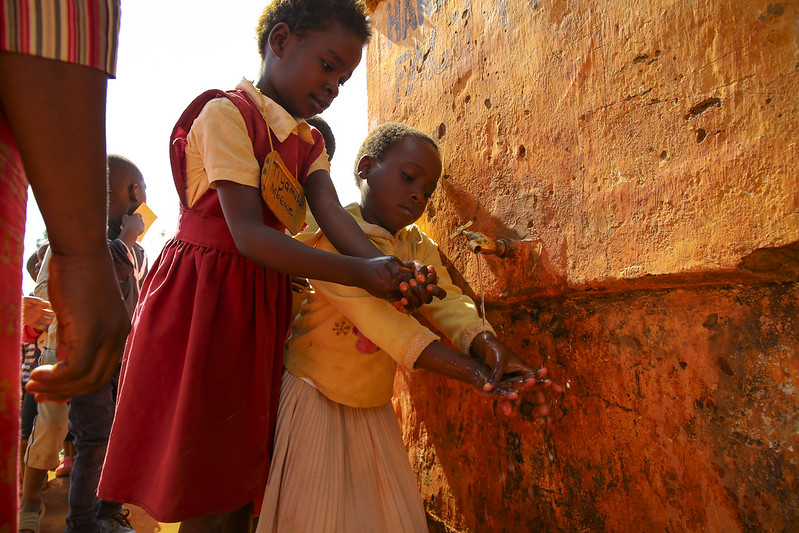
Malawi’s average literacy rate for adults 15 and older stood at 62% in 2015, according to the latest available World Bank data, which is lower than its neighboring countries. According to the latest estimates, Tanzania’s literacy rate stands at 78% and Mozambique’s literacy rate equates to 61%. In addition, the average literacy rate across sub-Saharan Africa stands at 66%. In 2014, Malawi noted a male adult literacy rate of 75% in comparison to 55% for females of the same group. Due to these gender disparities in literacy rates, several initiatives are working to improve school enrollment rates for girls in Malawi.
Reasons for Female School Dropout Rates in Malawi
In sub-Saharan Africa in general, roughly 33% of school-aged children do not attend school. Furthermore, for every 100 male sub-Saharan African students out of primary school, there are 123 female sub-Saharan African students not attending primary school. In Malawi particularly, research shows that female students are more likely to drop out of school than male Malawian students. Data indicates that “Malawi has one of the highest school dropout rates in Southern Africa.” Among females particularly, “three in every [20]” Malawian girls leave primary school “between Standard 5 and 8.”
According to a 2018 Malawi Government’s Education Management and Information Systems (EMIS) survey, girls in Malawi drop out of school for several reasons. Among these reasons are circumstances of poverty, child marriage, early pregnancy, “parents’ negative attitudes toward the education of girls” and household responsibilities. According to the survey, about 7% of female students abandoned their education due to marriage and 5% due to pregnancy.
Another factor is poor academic performance, which links to low quality of education. Living far away from schools also plays a role — 82% of Malawians live in rural areas, which often have few schools in close proximity. A lack of female teachers in schools means female students do not have female role models within the education sector. A 2015 study noted that “female teachers who also act as role models” to female students help keep girls in school. Poverty plays a significant role too as many impoverished families cannot afford school expenses and tend to prioritize the education of male children over female children due to societal perceptions.
Programs to Improve School Enrollment Rates for Girls in Malawi
In 1994, the Malawian government made primary education free to increase enrollment rates, especially among girls. The issue arises with secondary education, which is dominated by boys because many girls drop out before fully completing high school. Girls’ completion of secondary education is one of the most effective ways to combat other problems in Malawi, such as child marriages and early pregnancies.
The Improving Secondary Education in Malawi (ISEM) program is a four-year initiative running from 2017 to 2021, “which is supported by the European Union and implemented by GENET in partnership with OXFAM.” ISEM aims to improve secondary school enrollment rates for girls in Malawi, among other goals.
The program has funded school attire and learning supplies as well as bursaries. For rural students who walk long distances to reach school, sometimes more than two hours, ISEM donates bicycles as a transportation method. By eliminating these long travel times to school, ISEM aimed to improve the energy levels of students, increase punctuality and improve school performance while maintaining students’ interest in attending school. Fifty-one girls at Chibanzi Community Day Secondary School received these benefits through ISEM’s provision of bicycles. In the Golong’ozi Community Day Secondary School, the program has helped 177 girls who, thanks to this project, are able to continue their secondary education.
ASPIRE Project
Save the Children created the Girls’ Empowerment through Education and Health Activity (ASPIRE) project in 2015 with support from the U.S. President’s Emergency Plan for AIDS Relief (PEPFAR) and the U.S. Agency for International Development (USAID). In Malawi, the ASPIRE project seeks to improve literacy levels and reduce school dropout rates while improving school enrollment rates for girls in Malawi. ASPIRE achieves this by teaching mothers the importance of girls’ education. By doing this, mothers prioritize girls’ education more and are less likely to force their daughters into early marriages. Mothers are also then more likely to encourage girls to go back to school after pregnancy. Data shows that, in 2015 and 2016, 786 students re-enrolled in schools in three particular districts that the ASPIRE project covered, “suggesting an impact from the ASPIRE project.” Female students accounted for 504 of these students.
Education is not only a fundamental right but is also a proven pathway out of poverty. For this reason, several organizations are committing to improving school enrollment rates for girls in Malawi, recognizing that education is the basis of global development and gender equality.
– Ander Moreno
Photo: Flickr
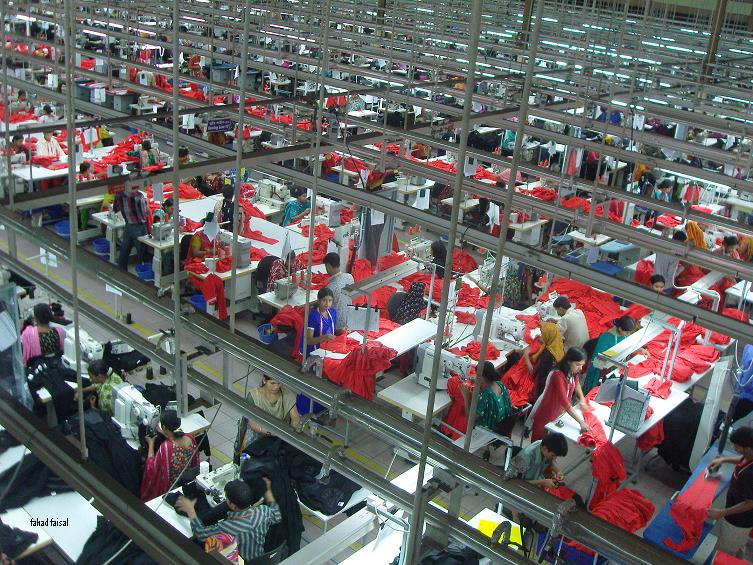
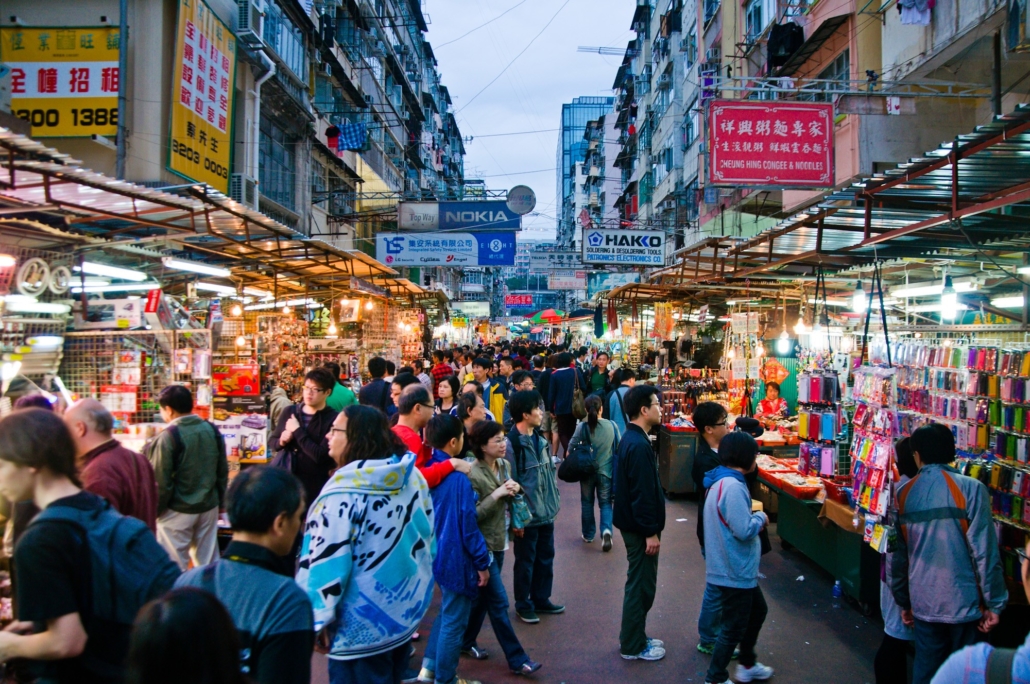
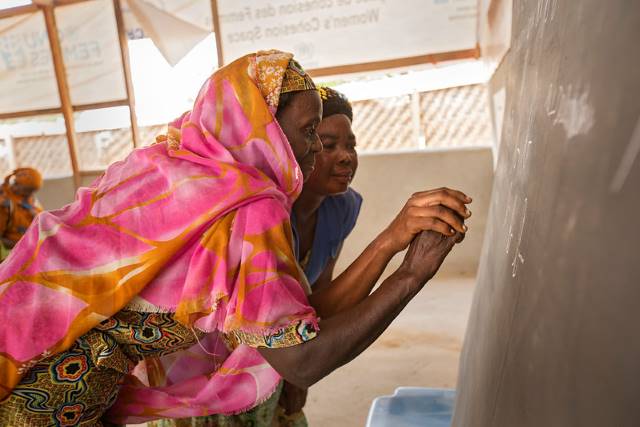 On March 8, 2021, Rep. Jackie Speier [D-CA-14], a well-known advocate for women’s rights,
On March 8, 2021, Rep. Jackie Speier [D-CA-14], a well-known advocate for women’s rights, 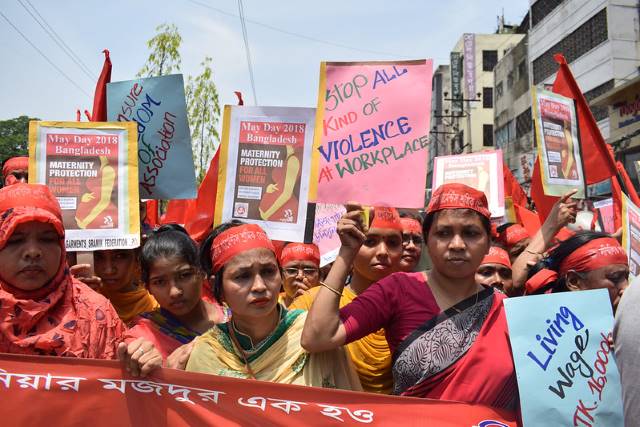 Fashion as a feminist movement is a powerful force to lift women out of poverty. Brands that provide their female garment workers a living wage empower them to lead a dignified life. Fashion consumers advocate for women’s rights based on the equality of the sexes through ethically produced clothing. Consumer brand choices have the power to uplift ethical brands that support labor sustainability and female garment workers experiencing oppression. Considering these facts, poverty in the fashion industry is a feminist issue.
Fashion as a feminist movement is a powerful force to lift women out of poverty. Brands that provide their female garment workers a living wage empower them to lead a dignified life. Fashion consumers advocate for women’s rights based on the equality of the sexes through ethically produced clothing. Consumer brand choices have the power to uplift ethical brands that support labor sustainability and female garment workers experiencing oppression. Considering these facts, poverty in the fashion industry is a feminist issue.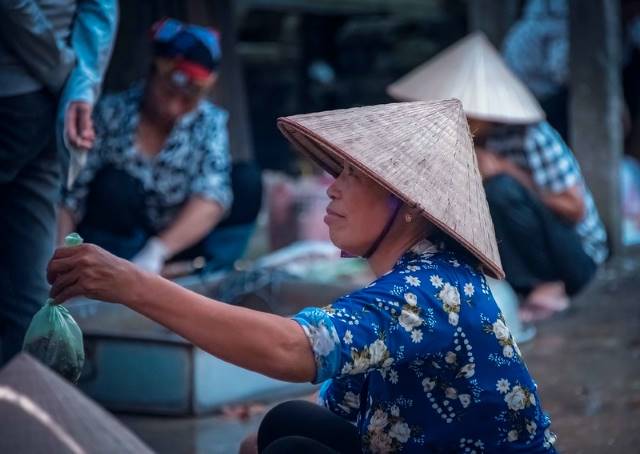 Women in Vietnam form a significant
Women in Vietnam form a significant
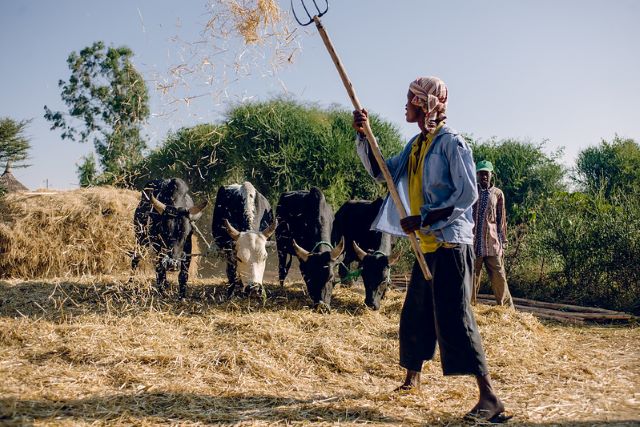 Throughout the world,
Throughout the world, 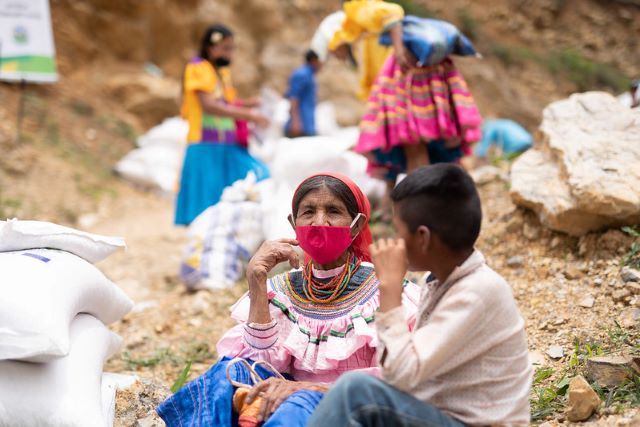 Guatemala is one of Latin America’s most unequal countries, with an indigenous population that has been
Guatemala is one of Latin America’s most unequal countries, with an indigenous population that has been 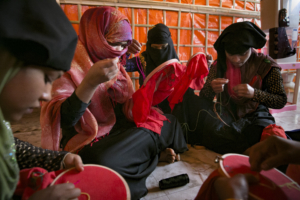 Low-income areas with a high population density are at the highest risk of contracting the coronavirus. This threat is very prevalent in the Rohingya refugee camps, especially for women and girls.
Low-income areas with a high population density are at the highest risk of contracting the coronavirus. This threat is very prevalent in the Rohingya refugee camps, especially for women and girls.